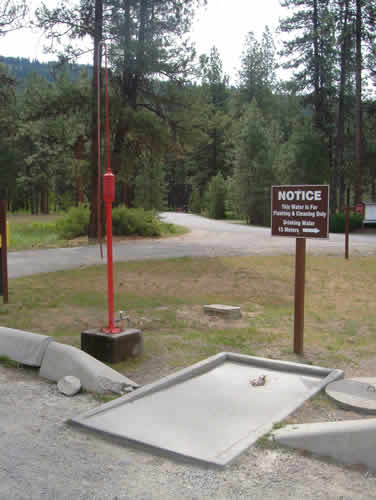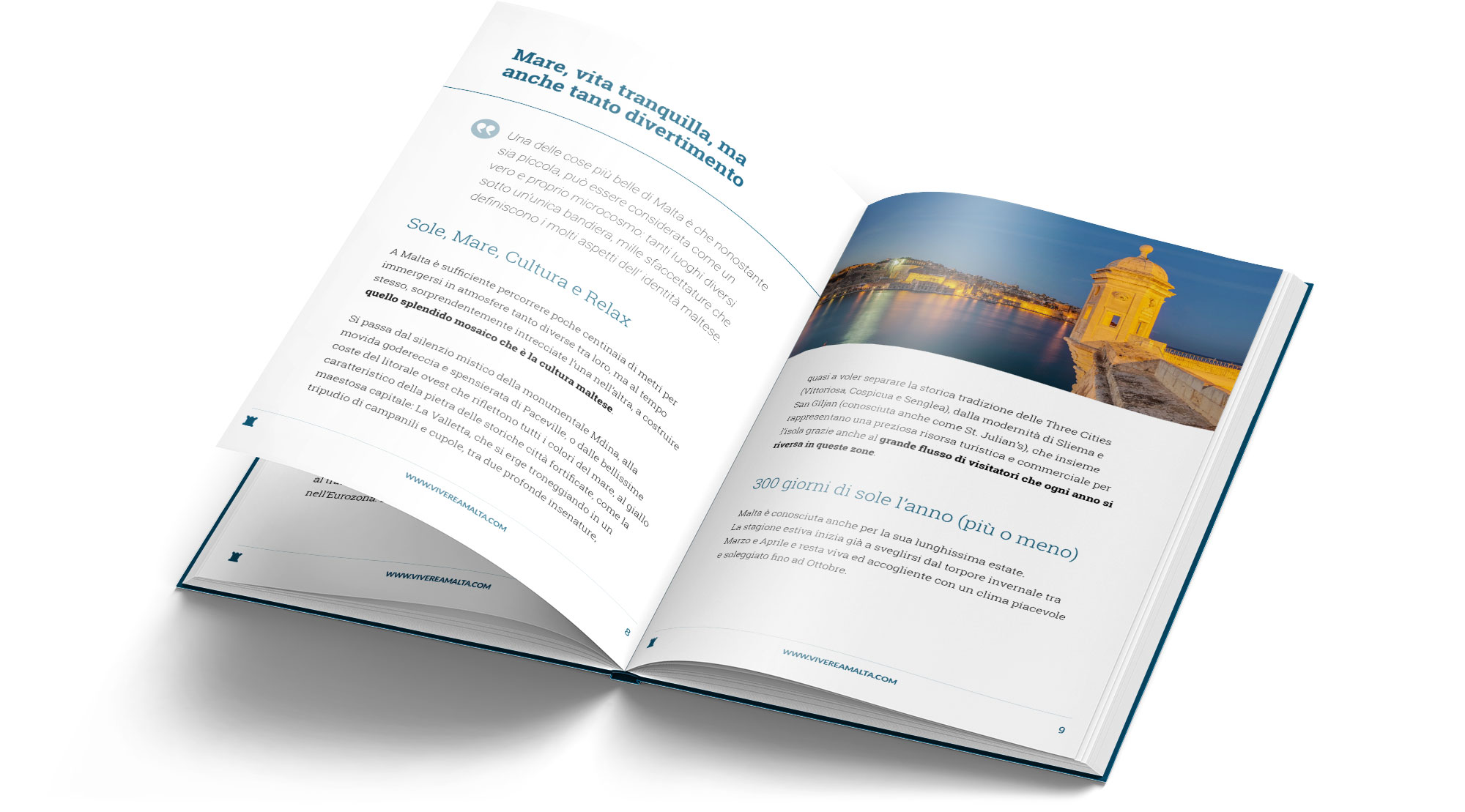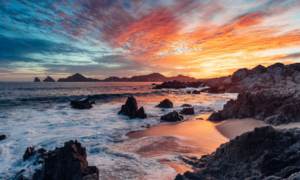taly’s colourful discourse of history, art and natural beauty brings a sense of an open-air art museum to the landscape. Tourists can visit the long-lasting ruins of Rome, lush canals to walk around in Venice, elegant Milanese shopping malls, and the permissive coasts of the Amalfi. Each city, town or village has its story of … Read more
The post The Ultimate Travel Guide to Italy (For First Timers) appeared first on Goats On The Road.
taly’s colourful discourse of history, art and natural beauty brings a sense of an open-air art museum to the landscape. Tourists can visit the long-lasting ruins of Rome, lush canals to walk around in Venice, elegant Milanese shopping malls, and the permissive coasts of the Amalfi.
Each city, town or village has its story of the never-ending histories and cultures it experienced for centuries. The tour of Italy is more than just viewing popular attractions. You become entirely immersed, identifying with parts of your being that seem not merely deep but also feel real.
Planning is key. A well-organized itinerary must be written, whether you plan to live in Italy’s cultural richness, try out IT cuisines, look at famous artwork, or undertake adventurous pursuits.
Being in touch on your travels is now essential, and Nomad eSIM is the perfect solution. Due to this modern solution, you can connect to the internet in real time whilst on holiday, and you won’t need to change your SIM card.
Explore how best to maximize your trip to Italy. Investigate attractions, decide on travel agencies, book accommodations, taste local cuisines, learn more about how you could travel eco-friendly.
1. Crafting the Perfect Itinerary: Where to Begin
Italy’s wide variety of attractions could make planning a trip seem overwhelming.
Knowing what you enjoy and how to pack your itinerary according to your travel habits. Each region offers something unique.
Famous destinations, plus off-the-beaten-path passages to your itinerary.
If you are a newcomer to Italy, you should also put Rome, Florence and Venice on your list.
Here you can experience the history of Rome. The ancient ruins of the Colosseum, the Roman Forum, are a constant reminder of the past.
Florence is where you can get a taste of the country’s art history. The Uffizi Galery and the famous statue of Davide by Michelangelo are just the starting points for art lovers.
Venice is probably one of the most stunning cities in the world, with its dizzying array of canals that criss-cross in a romantic maze.
But Italy’s magic isn’t reserved just for it’s history, food and art. Come in the summer and enjoy a beautiful beach holiday along the Amalfi Coast, with dramatic sea views.
Or head to Sicily to get an edgier view of the country’s Mediterranean charm.
For explorers and nature lovers, Lake Como in Italy’s far north has serene landscapes, while Milan remains the fashion capital of Italy, of not the world.
2. Navigating Italy: Transportation Tips and Passes
The country’s transportation structure guarantees that visitors have numerous options to explore Italy.
A lot of visitors who end up passing through the regions of Italy use the awesome train system to get around.
Then you’re traveling in Italy, the Italo and Trenitalia high-speed trains are faster, while regional trains will allow you to enjoy the countryside as it wizzes past the window.
To eliminate stressing when determining train ticket costs later, buying an Italy Rail Pass permits unlimited train travel for several days is best.
Travel guides in Italian cities offer a cheap public transport network with buses, trams, and metro systems in all cities.
If if you want to rent a car, you can drive around the country as well. From Tuscany’s beautiful valleys, to the stunning coastal roads of the Amalfi Coast. Or you can climb the steep hills of the Dolomites for incredible views.
Either way, traveling around in Italian cities by car can be a bit complicated because of the narrow streets and lack of free and accessible parking spots.
3. Accommodation Options: Where to Stay in Italy
It is very easy to choose accommodations in Italy that follow your budget and your taste in personal style.
In the most significant cities such as Rome, Milan and Florence, you will come across the best hotels with wonderful views, exquisite boutique hotels, or inexpensive accommodations for solo travelers.
To experience the place in full immersion, there is nothing like a family-run bed and breakfast, agriturismo, or villa outside the city.
Airbnb and rental activities (for a holiday) are rising, especially with families and larger groups.
When travelling during busy times, such as during summer or the holiday season, making early accommodation reservations to get a room is advisable.
Properly plan your location when choosing an accommodation.
Keeping your residence near public transport makes it easier, while choosing a quieter area gives you the pleasure of a peaceful environment.
Always read reviews and check the amenities offered.
4. Must-Visit Cities and Hidden Gems
Although Rome, Florence, Venice, and Milan are among Italy’s best-known cities, the nation is packed with half-hidden gems ready to be discovered.
Many visitors come to Rome because of its ancient ruins with its ancient people, while Florence’s Renaissance treasures entice fans worldwide.
Despite that, those off-the-beaten-path gems are also worth visiting:
- Matera: Blessed with UNESCO-designated ancient cave dwellings, which it calls (Sassi di Matera), Matera presents a striking explanation of past lives.
- Verona: A city under the spotlight due to the connections with Romeo and Juliet, and with an exquisite Roman amphitheater.
- Siena: A Medieval settlement famous for an annual horse race called the Palio.
- Alberobello: Renowned for individualistic trulli houses, it has been declared a UNESCO site.
5. Italian Cuisine: A Culinary Adventure
Italian cuisine puts you on a gastronomic journey because every region boasts its specialties.
Start your experience by feasting on a tasty original Roman Carbonara, made with eggs, cheese, pancetta and black pepper.
To taste pizza, go to Naples to try a simple Margherita on a thin, crunchy base.
Other renowned foodstuffs of Florence include the hearty Florentine steak, in a city celebrated in Sicily by the delectable sweets, including cannoli and cassata.
Anything should be tasted in the Amalfi Coast of sampling seafood or having truffles in Piedmont is a must-try thing for any food enthusiast.
Signature dishes of every region make Italy the final destination for every food enthusiast.
Try out the real Italian food by visiting local markets, joining a cooking class, or getting to know Tuscany’s famous wine production.
6. Entry Timings, Fees, and Special Rules for Major Attractions
If Italy is rich with all kinds of world-famous landmarks, some planning is needed to visit these places of interest.
Remember the opening hours, fee, and conditions for attractions so as not to be disappointed.
1. Colosseum (Rome)
- Hours: Open daily 9:00 AM – 7:00 PM (Last entry 6:00 PM).
- Price: €16 adults, reduced price for EU citizens 18-25, free for under 18.
- Tip: Do not stand in line, but rather purchase your entry ticket online, reducing your waiting time for entry.
- Special Rules: No large bags allowed as well and mandatory security checks in place.
2. Vatican Museums (Vatican City)
- Hours: 9:00 AM – 6:00 PM, Closed Sunday, except last Sunday of each month and free entry.
- Price: €17 for standard entry or book a tour at GetYourGuide.
- Dress Code: No shorts or skirts and no sleeveless tops allowed.
- Notes: Free entry days tend to get crowded – show up early.
3. Uffizi Gallery (Florence)
- Hours: 8:15 AM – 6:50 PM Closed Mondays.
- Price: For Adults: €20 or book on GetYourGuide. No charge the first Sunday after the first Monday of the month.
- Tip: Purchase your tickets in advance to avoid waiting in ticket counters when possible.
- Special Rules: Limited areas for photos, no loud noises.
4. St. Mark’s Basilica (Venice)
- Opening Hours: 9:30 AM to 5:15 PM.
- Ticket Price: Visitors do not pay to enter the main basilica (though extras cost a fee). Or book a tour on GetYourGuide.
- Dress Code: Modest attire—no sleeveless tops or short skirts.
- Photography: Not allowed inside.
5. Leaning Tower of Pisa (Pisa)
- Opening Hours: 9:00 AM to 8:00 PM (seasonal).
- Ticket Price: The fee to get into the tower is €20, but students and children can get discounts.
- Booking Tips: Online reservations are recommended. Try GetYourGuide.
- Special Rules: The entry is limited, and children under eight years cannot climb the tower.
6. Pompeii Archaeological Site (Naples)
- Opening Hours: Access from 9:00 AM to 7:00 PM in summer and from 9:00 AM to 5:00 PM in winter.
- Ticket Price: Adult admission is €16, but special rates are available to members of the EU. Book on GetYourGuide
- Special Rules: Select footwear appropriate for uneven walks.
7. Galleria Borghese (Rome)
- Opening Hours: 9:00 AM to 7:00 PM, closed on Mondays.
- Ticket Price: €15, reservations mandatory.
- Booking Tips: Limited slots—book early on GetYourGuide.
- Special Rules: There are lockers for storing bags.
7. Travel Essentials: What to Pack for Italy
Italy has such diverse weather that depending on when you’re coming and where you plan to visit, it can be worth it to bring clothes for every season.
But in general, it’s best to pack what is best in terms of the time of the year, region and the activities scheduled for your trip.
Read More: Best Time To Visit Italy
1. Clothing Essentials: Dressing for Every Season
Summer (June to August):
- Choose fabrics that make you feel calm and comfortable throughout the day.
- A t-shirt, shorts, a sundress and a wide-brimmed sun hat should be in your bag if you get too hot on sunny days.
- As you go to Italy, remember to pack some sunglasses and a good sunscreen to be safe from the harsh Italian sun.
Spring and Fall (April-May, September-October):
- Layers are your best friend.
- Pack T-shirts, a cozy sweater, and an easy-to-wear jacket to roll when it gets cold or hot.
Winter (November to March):
- Bring warm layers when visiting northern cities such as Milan, Venice or the Dolomites if you know you will be there.
- Bring a Coat, Scarf, gloves, and a hat.
- Snow is possible in some of Italy’s higher regions in winter.
Religious Sites:
- Depending on where you enter, it is important to dress respectfully; for instance, in the Vatican City, you enter St. Peter’s Basilica and the Duomo of Florence.
- Be conscious of your shoulders and knees being covered up while in places of worship.
2. Comfortable Footwear: Exploring with Ease
Having to spend so much time walking in Italy’s historic centers, you should take the time and money to invest in good, comfortable footwear.
Prefer shoes with enough traction to navigate the crowded cobblestone streets of Rome, Florence or Venice.
If you will hike along Cinque Terre or the Amalfi Coast, use a secure pair of hiking shoes.
3. Tech Ess
Recommended Story For You :

Looking for a house sitter?

Quit Getting "Taken For A Ride."

VITAL INFORMATION FOR ANYONE DRIVING A LARGE OR HEAVY VEHICLE

Know Where to Dump When RVs have to go...

The definitive guide to flying for less




